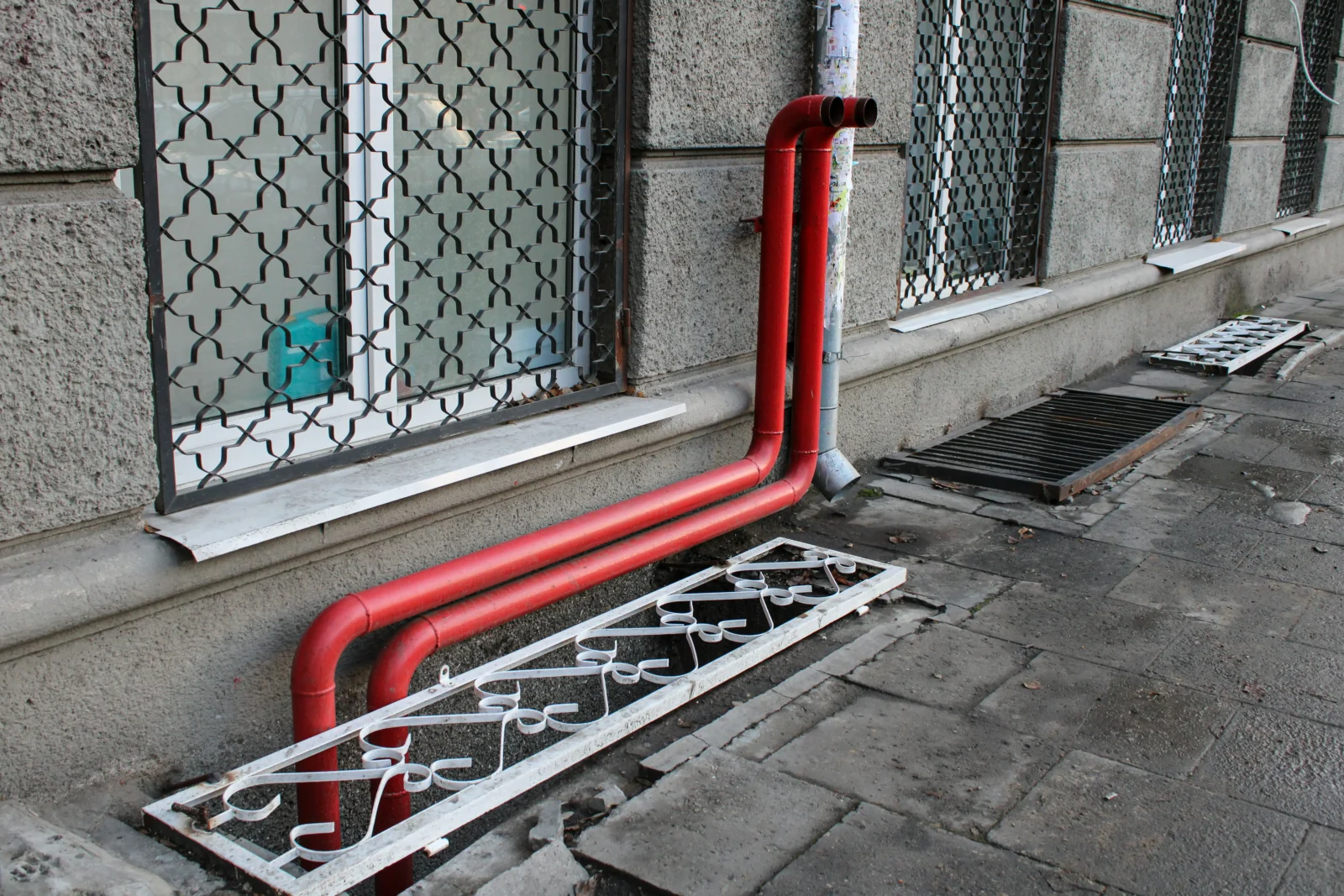- Home
- Articles
- Architectural Portfolio
- Architectral Presentation
- Inspirational Stories
- Architecture News
- Visualization
- BIM Industry
- Facade Design
- Parametric Design
- Career
- Landscape Architecture
- Construction
- Artificial Intelligence
- Sketching
- Design Softwares
- Diagrams
- Writing
- Architectural Tips
- Sustainability
- Courses
- Concept
- Technology
- History & Heritage
- Future of Architecture
- Guides & How-To
- Art & Culture
- Projects
- Interior Design
- Competitions
- Jobs
- Store
- Tools
- More
- Home
- Articles
- Architectural Portfolio
- Architectral Presentation
- Inspirational Stories
- Architecture News
- Visualization
- BIM Industry
- Facade Design
- Parametric Design
- Career
- Landscape Architecture
- Construction
- Artificial Intelligence
- Sketching
- Design Softwares
- Diagrams
- Writing
- Architectural Tips
- Sustainability
- Courses
- Concept
- Technology
- History & Heritage
- Future of Architecture
- Guides & How-To
- Art & Culture
- Projects
- Interior Design
- Competitions
- Jobs
- Store
- Tools
- More
How Companies Can Keep IT Systems Fully Operational and Highly Secure

Technology drives everything from internal communication to global customer engagement. As organizations grow, so does their dependence on reliable IT systems. Downtime, data breaches, or performance issues can have costly consequences, affecting productivity, reputation, and compliance. Keeping IT systems operational and secure requires a proactive approach that blends strong infrastructure management with modern cybersecurity strategies.
While many businesses invest in the latest technologies, only those with consistent maintenance, monitoring, and training practices can sustain long-term efficiency. A well-managed IT environment ensures that systems remain both resilient and adaptable to emerging threats.
Table of Contents
ToggleEstablishing a Foundation of Continuous Monitoring
Every organization relies on a network of hardware, software, and cloud services that must work in unison. Continuous monitoring serves as the backbone of system reliability by providing real-time visibility into performance and potential threats.
Effective monitoring includes tracking system health, application uptime, bandwidth usage, and endpoint security. Advanced analytics tools can detect anomalies early, such as sudden CPU spikes or unauthorized login attempts, which may indicate developing issues. Businesses implementing log management best practices gain deeper insights into user behavior, network performance, and security trends. Centralizing and analyzing logs from servers, firewalls, and applications helps teams identify patterns, diagnose root causes, and respond to incidents faster. Automation tools can further enhance this process by flagging irregular activity and generating alerts before problems disrupt operations.

These proactive measures ensure that small irregularities are corrected before escalating into major failures, strengthening both operational stability and cybersecurity defenses.
Strengthening System Security Through Layered Protection
A secure IT system depends on multiple layers of defense. Firewalls, intrusion detection systems, and antivirus solutions form the first line of protection, but modern threats require more comprehensive strategies. Multi-factor authentication (MFA), data encryption, and endpoint protection are now essential components of every cybersecurity plan.
Regular vulnerability scans and penetration tests reveal weaknesses before hackers can exploit them. These assessments should cover all digital assets, from on-premises servers to cloud-based platforms. Keeping systems and software updated with the latest patches further reduces exposure to known vulnerabilities.
Network segmentation adds another layer of control by isolating critical data from less-sensitive systems. This structure minimizes damage if one section of the network becomes compromised. When combined with strict access management policies, layered protection ensures that only authorized users interact with key resources, maintaining both security and compliance.
Building Strong Disaster Recovery and Backup Strategies
Even with robust defenses, no IT system is completely immune to disruption. Power failures, natural disasters, and cyberattacks can all lead to downtime. A detailed disaster recovery plan ensures continuity and quick restoration after an incident.
Modern backup solutions use cloud and hybrid models to maintain redundant copies of critical data. Incremental and automated backups reduce the risk of data loss while minimizing manual intervention. Regularly testing recovery procedures verifies that backups work as intended and can be restored efficiently when needed.
A strong recovery plan includes defined roles and clear communication channels so that every team member knows what to do when systems fail. Simulations and tabletop exercises help identify weak spots and improve response coordination. By planning ahead, organizations minimize the financial and operational impact of unexpected disruptions.
Enhancing Employee Awareness and Accountability
Technology alone cannot guarantee security. Human error remains one of the leading causes of data breaches. Employees who accidentally click phishing links or mishandle credentials can expose sensitive information, even in companies with advanced defenses.
Training programs focused on cybersecurity awareness are vital. Employees should learn to recognize suspicious emails, use secure passwords, and report unusual activity. Department-specific training ensures that each team understands its particular responsibilities for data protection and system use.
Leveraging Automation and AI for System Optimization
Automation tools and artificial intelligence (AI) now play critical roles in maintaining IT reliability and efficiency. Automated monitoring platforms can execute updates, detect anomalies, and isolate compromised systems without human intervention. This reduces response time and allows IT staff to focus on strategic initiatives instead of routine troubleshooting.

AI-driven analytics can identify long-term performance trends and recommend system improvements. Predictive algorithms anticipate hardware failures or traffic surges, enabling preventive action. Automation ensures that patch management, user provisioning, and access reviews occur consistently, reducing administrative errors.
Balancing Security with Business Growth
Scalability and flexibility are central to modern IT management. As businesses expand, their systems must adapt to new users, devices, and applications without compromising performance or security. Cloud computing, virtualization, and managed IT services allow companies to grow efficiently while maintaining control over critical assets.
A scalable infrastructure supports business continuity by distributing workloads evenly and reducing bottlenecks. Combining automation with strict governance policies ensures that growth doesn’t come at the cost of increased risk. Regular audits and compliance assessments help maintain transparency and align technology with organizational goals.
Keeping IT systems operational and secure requires a combination of strategic foresight, continuous monitoring, and strong human collaboration. By implementing layered protection, maintaining detailed recovery plans, and promoting a culture of security awareness, businesses can protect their digital assets while enabling innovation. Technology will continue to evolve, but organizations that invest in proactive management and responsible growth will stay resilient in an increasingly complex digital landscape.
illustrarch is your daily dose of architecture. Leading community designed for all lovers of illustration and #drawing.
Submit your architectural projects
Follow these steps for submission your project. Submission FormLatest Posts
Essential and Global Resources for the Modern Architect
Modern architect resources: a practical toolkit spanning BIM, codes, EPDs, LCA and...
How Much Does It Cost to Repipe a House?
Repiping a house is one of such massive home improvement projects, which...
Building Solutions Designed To Withstand Time And Use
Creating long-lasting structures means thinking carefully about how each component performs under...
Contemporary Museum Architecture: Designing For People, Place, And The Next 50 Years
Contemporary Museum Architecture reimagined: visitor-first design, flexible galleries, XR, and low-carbon systems....












Leave a comment